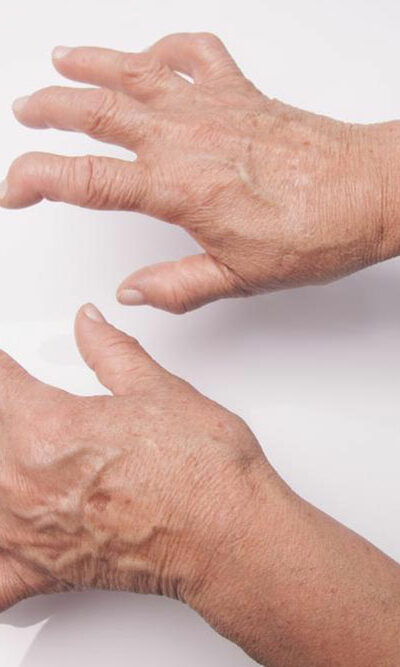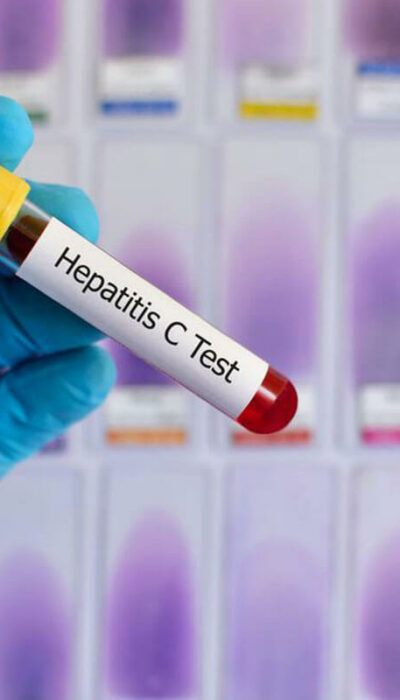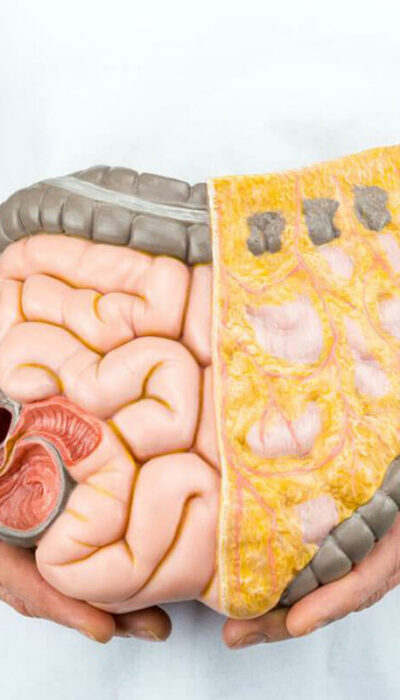
The Most Common Rheumatoid Arthritis Treatments
Rheumatoid arthritis is a chronic disease that causes pain and inflammation in the joints. What are the symptoms of rheumatoid arthritis? Joint stiffness Joint pain Joint swelling Loss of joint function Mostly, RA is diagnosed via several blood tests. X-ray is also used for diagnosis. A family history of RA is a risk factor for developing its symptoms. What are the causes? Cigarette smoking Obesity Injuries such as fractures and trauma Treatments for rheumatoid arthritis There are several treatments available for rheumatoid arthritis. Let’s take a look at the different treatment methods available: Medication Medication is a good option from among the rheumatoid arthritis treatments, and there are three kinds of medications that are used. These are corticosteroids, non-steroidal corticosteroid, and acetaminophen. Medication helps with the treatment of rheumatoid arthritis by slowing the process of damage to the joints. Exercise Simple yoga exercises can also be used as treatments for joint pain caused due to rheumatoid arthritis and also help in improving the mobility of a patient. These exercises should be done on a regular basis to get good results. Buy assistive devices You can put braces on your joints or can use crutches to walk around in your home. You can also install bars and other devices to improve your mobility. Follow a healthy diet A rheumatoid arthritis-friendly diet needs to be incorporated, which comprises of vitamin A, C, and selenium with food like dark chocolates, berries, kidney beans, spinach, and so on. Food having flavones should also be consumed, such as green tea, berries, broccoli, grapes, and soy products. Omega 3 fatty acids are specifically important, and you can get these from fishes like tuna, mackerel, and salmon, and from walnuts, flaxseeds, and chia seeds. Food products to be avoided include those that contain trans fats and carbohydrates.










